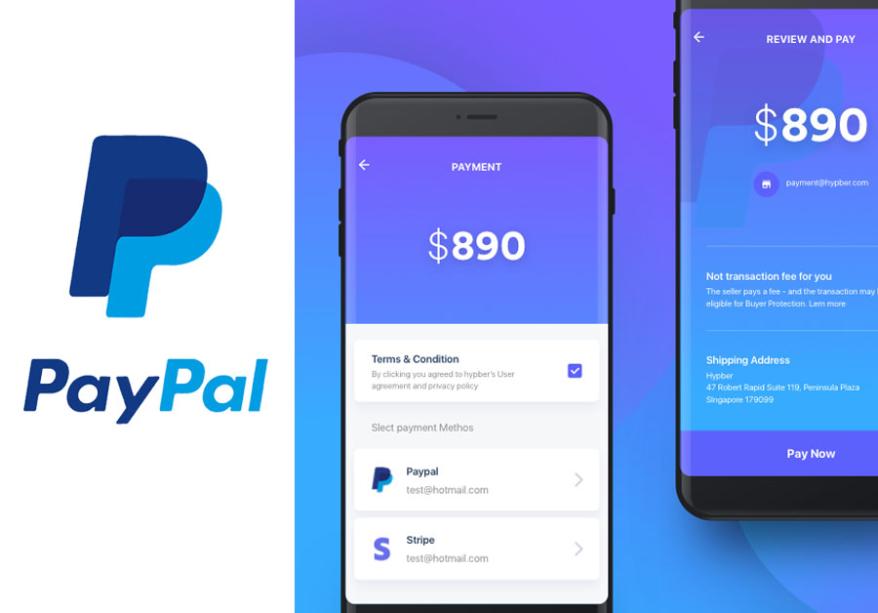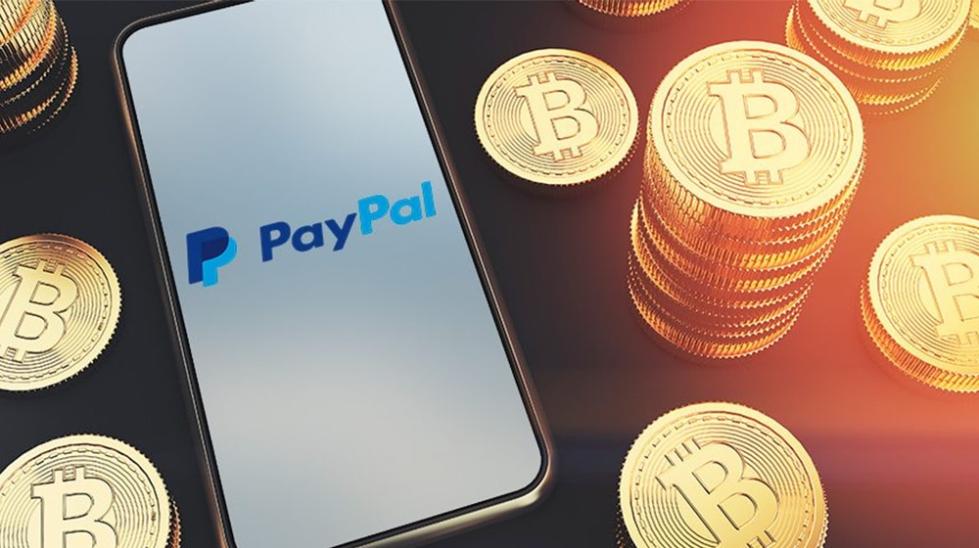How Can I Securely Send Money with PayPal?
PayPal is one of the most popular online payment platforms, trusted by millions of users worldwide. It offers a convenient and secure way to send and receive money online, making it an ideal choice for various transactions, from online shopping to sending money to friends and family.

However, with the increasing prevalence of cyber threats, ensuring the security of your PayPal transactions is paramount. This article delves into the various security features offered by PayPal and provides practical tips to help you send money safely and securely.
I. Understanding PayPal's Security Features
1. Encryption Technology:
PayPal employs robust encryption technology to protect user data during transactions. All sensitive information, including financial details and personal data, is encrypted using industry-standard encryption algorithms, ensuring that it remains confidential and secure during transmission.
2. Two-Factor Authentication (2FA):
PayPal offers two-factor authentication (2FA) as an additional layer of security. When enabled, users are required to provide a one-time password (OTP) in addition to their password when logging in or making transactions. This helps prevent unauthorized access to your PayPal account, even if your password is compromised.
3. Buyer And Seller Protection Policies:

PayPal provides comprehensive Buyer and Seller Protection policies to safeguard the interests of both parties involved in a transaction. These policies offer protection against unauthorized transactions, fraudulent activities, and disputes. Users can file claims or disputes if they encounter any issues with their transactions, and PayPal will investigate and take appropriate action.
II. Choosing A Secure Payment Method
PayPal offers various payment options, including credit cards, debit cards, and bank accounts. Each payment method has its own advantages and disadvantages in terms of security and convenience.
1. Credit Cards:
- Advantages: Offer fraud protection and chargeback options, providing an extra layer of security.
- Disadvantages: May incur additional fees for international transactions or currency conversions.
2. Debit Cards:
- Advantages: Convenient and widely accepted, allow direct access to funds in your bank account.
- Disadvantages: May not offer the same level of fraud protection as credit cards.
3. Bank Accounts:
- Advantages: Direct transfer of funds from your bank account, eliminating the need for intermediaries.
- Disadvantages: May take longer to process transactions compared to other payment methods.
The most secure payment method depends on your individual needs and preferences. Consider factors such as the level of security, convenience, and fees associated with each payment option.
III. Protecting Your PayPal Account
Taking proactive steps to protect your PayPal account is crucial to prevent unauthorized access and fraudulent activities.
1. Create A Strong Password:
Use a strong and unique password for your PayPal account. Avoid using common words or personal information that can be easily guessed. Consider using a password manager to generate and store complex passwords securely.
2. Enable Two-Factor Authentication (2FA):
Enable 2FA for your PayPal account to add an extra layer of security. This requires you to provide a one-time password (OTP) in addition to your password when logging in or making transactions.
3. Keep Personal And Financial Information Private:
Be cautious about sharing your personal and financial information online. Avoid clicking on suspicious links or opening attachments from unknown senders. Use a VPN to encrypt your internet traffic and protect your privacy.
IV. Sending Money Safely With PayPal
Follow these steps to send money safely and securely using PayPal:
- Select the Recipient: Enter the recipient's email address or phone number associated with their PayPal account.
- Enter the Amount: Specify the amount you want to send, ensuring that you have sufficient funds in your PayPal account or linked payment method.
- Choose the Payment Method: Select the payment method you want to use, such as a credit card, debit card, or bank account.
- Verify Recipient's Information: Double-check the recipient's email address or phone number to ensure you are sending money to the correct person.
- Add a Note or Message: Optionally, you can add a note or message to the payment for clarity and record-keeping purposes.
- Review and Confirm: Review the transaction details carefully before confirming the payment. Ensure that the amount, recipient, and payment method are correct.
V. Monitoring Transactions And Reporting Issues
Regularly review your PayPal transaction history to identify any unauthorized or suspicious activity. If you notice any discrepancies or unauthorized transactions, take immediate action:
- Report Unauthorized Transactions: Contact PayPal's customer support immediately to report any unauthorized transactions or suspicious activity. Provide as much information as possible, including the transaction date, amount, and recipient.
- File a Dispute or Claim: If you encounter issues with a transaction, such as non-delivery of goods or services, you can file a dispute or claim with PayPal. PayPal will investigate the issue and take appropriate action.
VI. Conclusion
PayPal offers robust security features and various payment options to ensure secure money transfers. By following the tips and guidelines provided in this article, you can protect your PayPal account and transactions from unauthorized access and fraudulent activities. Remember, staying vigilant and taking proactive steps to protect your personal and financial information is essential for maintaining the security of your PayPal account.
YesNo

Leave a Reply